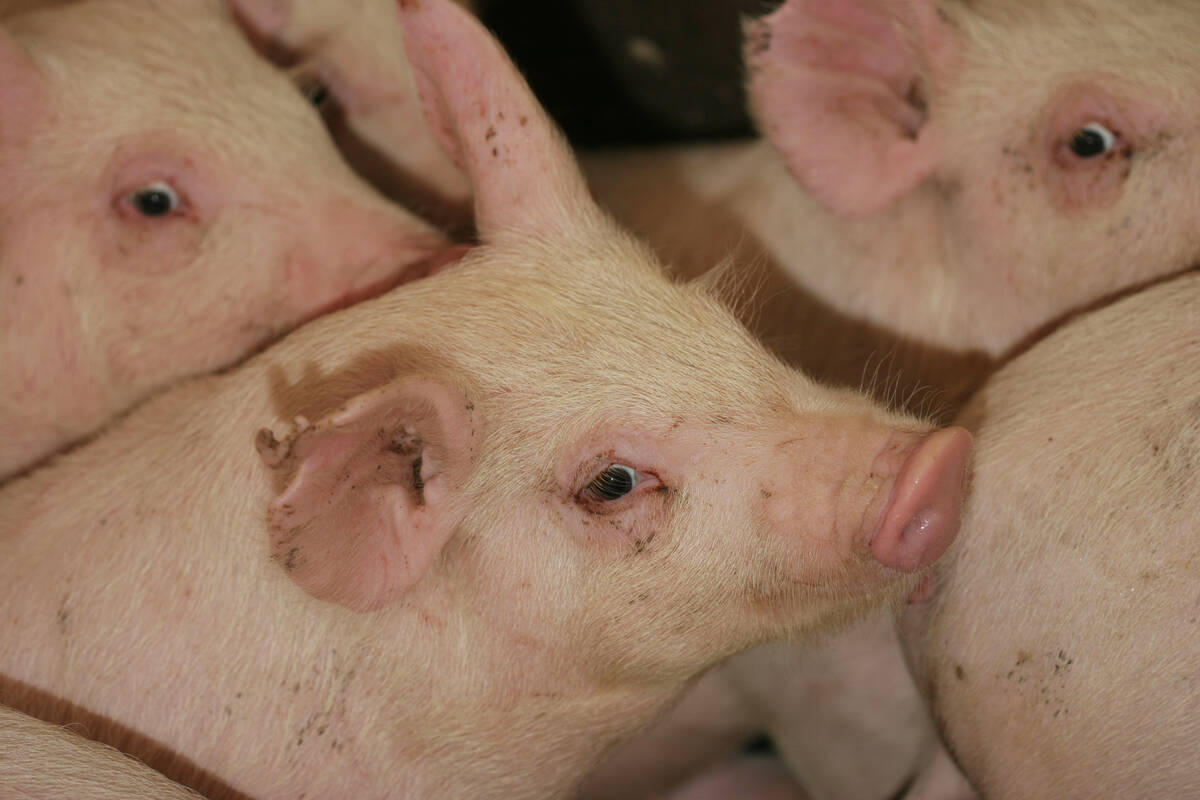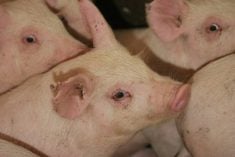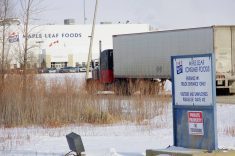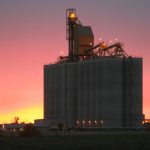The project planned next to an Alberta feedlot has sparked fears it will harm property values due to odour and traffic
A proposed multimillion-dollar biodigester project in Alberta slated to create renewable natural gas from cattle feedlot manure has apologized for conducting advance work on the site.
“I’d like to take this opportunity to apologize to anyone that (this) has caused concern,” said project manager John Del Mastro of Rimrock Renewables Ltd. “I’d like to reconfirm that this project is still under regulatory review, and that the partnership is fully committed to reclaiming the land if the regulator does not approve the project.”
The development has sparked fears it will harm property values because of foul odours and increased traffic, said Delilah Miller, reeve of Foothills County. Many concerns were due to a persistent bad smell last summer from the Rimrock Feeders feedlot, which will be supplying manure for the project, she said.
Read Also

The Western Producer Livestock Report – September 25, 2025
The U.S. national live price average for barrows and gilts was $81.21 Sept. 17. It was $78.37 Sept. 9. U.S. hogs averaged $106.71 on a carcass basis Sept. 17, up from $106.10 Sept. 9.
The odour affected county residents and the town of High River south of Calgary, said Miller.
“People are under the misconception that they can close down Rimrock and this is their chance to do it, but it’s not, and (the company) has been clear with that … and we’ll be clear with that as well.”
Del Mastro was one of about 15 speakers who participated in an information session Jan.12 outlining plans for the biodigester facility. It is slated for a site about five kilometres west of High River.
It will be located near Rimrock Feeders and is being undertaken by Rimrock Renewables, which was formed in 2022 by Tidewater Renewables Ltd. and Korova Feeders Ltd. Del Mastro emphasized that approval for the advance work was received from Foothills County and the Alberta Ministry of Environment and Protected Areas.
It involved early grading at the site in 2022, which is allowed under the ministry’s approval process, said Garnet Dawes, community development manager with ISL Engineering and Land Services Ltd.
“A major driver of this is the seasonal constraints around when grading construction can occur,” he said.
“The remaining construction elements needed to bring the biodigesters online require a full construction season to complete, which would have added an entire year to the construction schedule.”
However, Miller said the grading work upset many residents because it occurred before the biodigester facility was approved and because it caused “quite a bit of dust.” She said the work was stopped and reassessed and “then everything calmed down after that.”
Staff at Foothills County gave approval for the grading work when it should have come to council first, said Miller.
“We’ve had that discussion with our staff, and (the site) should have been monitored better and should have been watered down.”
Rimrock Renewables aims to become a national and eventual global leader in sustainable food and energy, said director of capital projects Denny Boisvert.
The biodigester facility is expected to provide enough renewable natural gas for more than 5,800 homes in British Columbia.
It will process about 80,000 tonnes of manure per year from Rimrock Feeders, said Boisvert. “Manure will be collected at the feedlot and delivered to the digesters as it is produced,” he said.
“This will result in an increased frequency of pen cleanout and will significantly reduce the large stockpiles of manure. This change in manure-handling practice is expected to have a positive effect on odours from the feedlot.”
The biodigester facility will also use grocery store waste as well as cereals, grains and feed mill residues, along with cooking oil and horticulture or crop residues, said Boisvert.
Besides capturing emissions and converting them into carbon-neutral natural gas, the project is expected to create a non-toxic digestate with a significantly reduced odour, he said. It will be separated into a liquid that is considered an excellent source of fertilizer, along with a solid that can be used for soils or as bedding material for cattle at the feedlot to offset the use of straw, he added.
The project will be on about 100 acres, said Julia de Ridder, project engineer in training at Rimrock Renewables. It will contain six anaerobic digesters, along with facilities such as a manure blend building, organic food resources reception tank and freshwater reservoir pond.
A slide of a map provided by Ridder showed 27 homes are near the proposed project. If approval is granted, construction is expected to begin this year, with the facility handed over for operation by the end of 2023, said Del Mastro.
However, several people have sent letters of appeal or concern to Environment and Protected Areas, said Miller. If a hearing is granted, the approval process could be lengthened by up to two years, she said.
















